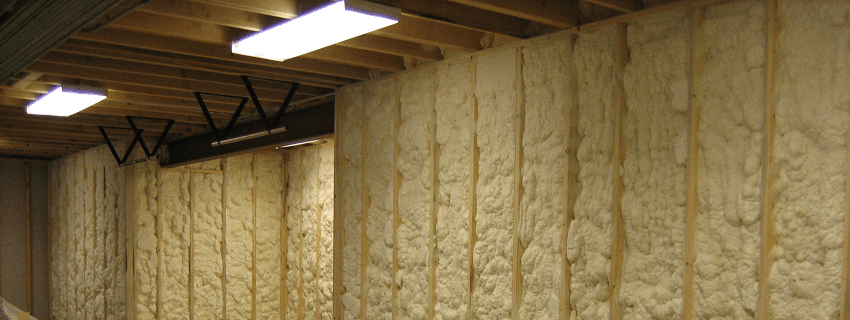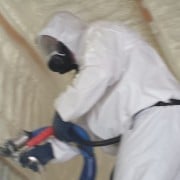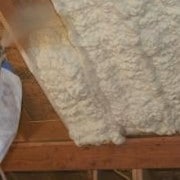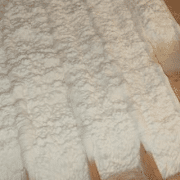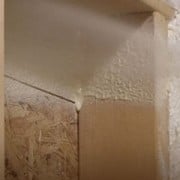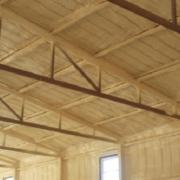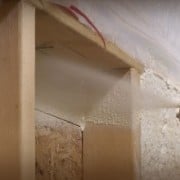Installing Fiberglass Batts
[ad_1]
Filling stud spaces with fiberglass batts is the most affordable and easiest way for you to insulate new walls. It’s also the best way to upgrade wall insulation during remodeling. Installing the batts doesn’t require any special skills or tools, it is just itchy, slow and tedious work. Most of the time wall insulation is done poorly because of these reasons. Patching small gaps can help reduce efficiency as much as 25 percent. Here you’ll discover how to cut and fit fiberglass batts and how to work around obstacles such as outlets and cables to end up with the best result.
Fill All Voids
The most important part to insulating a wall is tight-fitting batts that completely fill the stud cavity with no voids or gaps. You can do top-notch work with only a few basic tools (utility knife, tape measure, putty knife and a straightedge) to install fiberglass batts. Fiberglass can irritate your throat and skin so you should always wear eye protection, long sleeves and a ventilation mask.
Fit then Cut to Length
For most walls, you can use ‘unfaced’ batts that are sized to ‘friction-fit’ into standard stud spaces. If you use ‘unfaced’ batts, most residential codes require you to cover the walls with sheets of plastic. The most common width is 16 inches to fit the standard code of space between studs. They also come in 24, and you can buy to fit your wall length of 8 or 9 ft long if you do not want to cut large rolls down. No matter what length you buy, your walls will still require cutting of the insulation.
Trim Batts in Place
Cut your batts to length by setting the top of the insulation-batt into the space and cutting against the bottom plate with a utility knife. If you leave an extra half-inch you will get a tighter fit and better insulation. Accurate cutting is important as a batt too small will leave gaps and allow air to flow through your wall and a batt too long will cause the insulation to bunch up in your wall.
Filling Gaps around Doors and Windows
When you install doors or windows, you will shim to make sure they are level. This leaves a wide area for air to flow between your walls. To stop these leaks, reach to the back of the space with the straw type nozzle included with a can of expanding foam insulation and applying a bead around the perimeter. Let is cure for an hour before stuffing the remaining space with thin strip of fiberglass insulation. Don’t pack too much fiberglass into the space as this will lead to the door or window frame to move and possibly prevent the door or window to work properly. Use a putty knife while stuffing the thin insulation between the gap.
Insulating around Electrical Cables and Boxes
Running a full batt in front of electrical cables leaves an uninsulated space behind. You can avoid this by splitting the batt in half (width wise) to go around a cable. When you come to an electrical box, use a utility knife to cut the insulation to fit snug against the box. It is important to not cut too deep into the fiberglass as you will weaken the efficiency of the insulation.
[ad_2]

